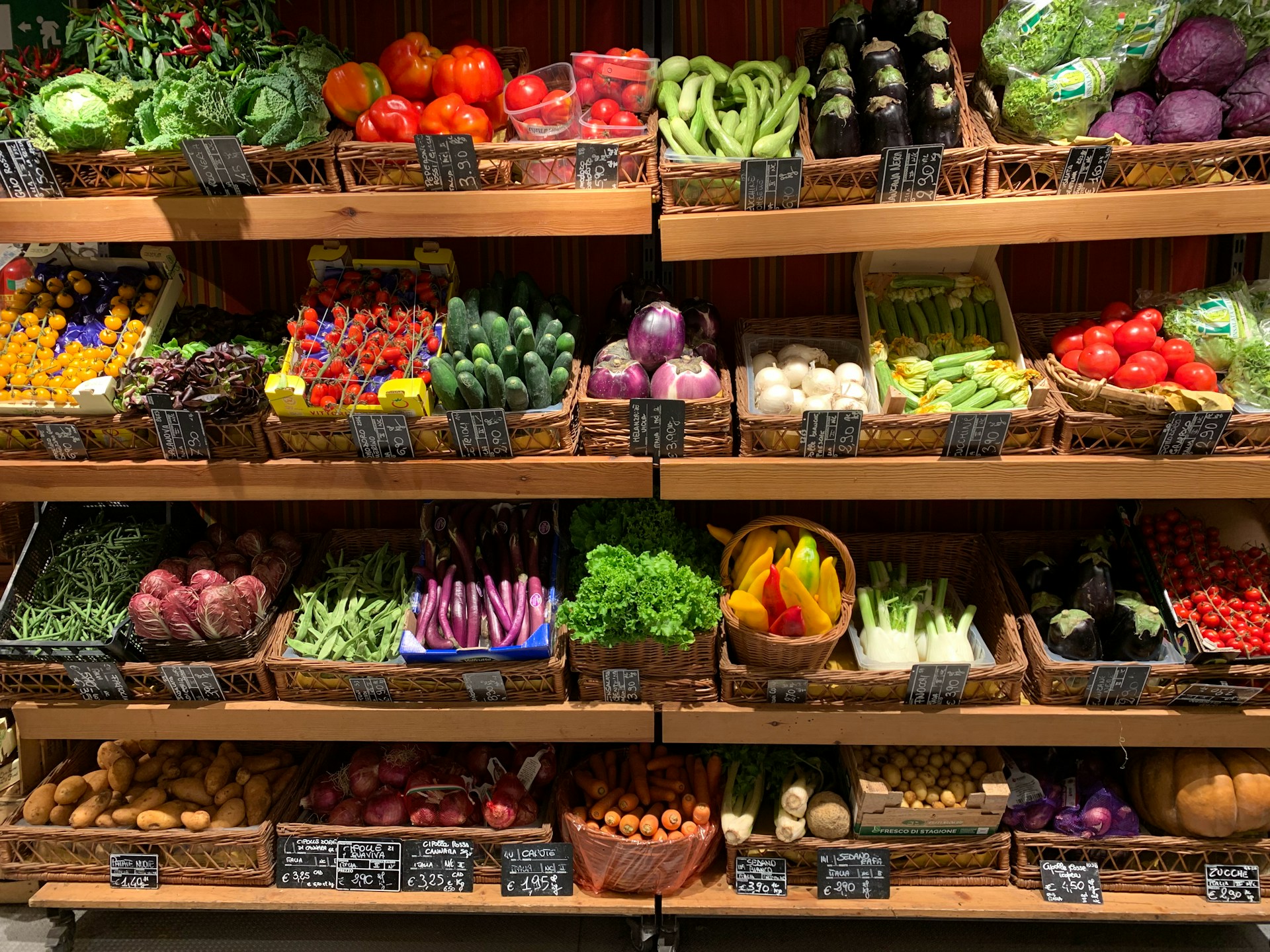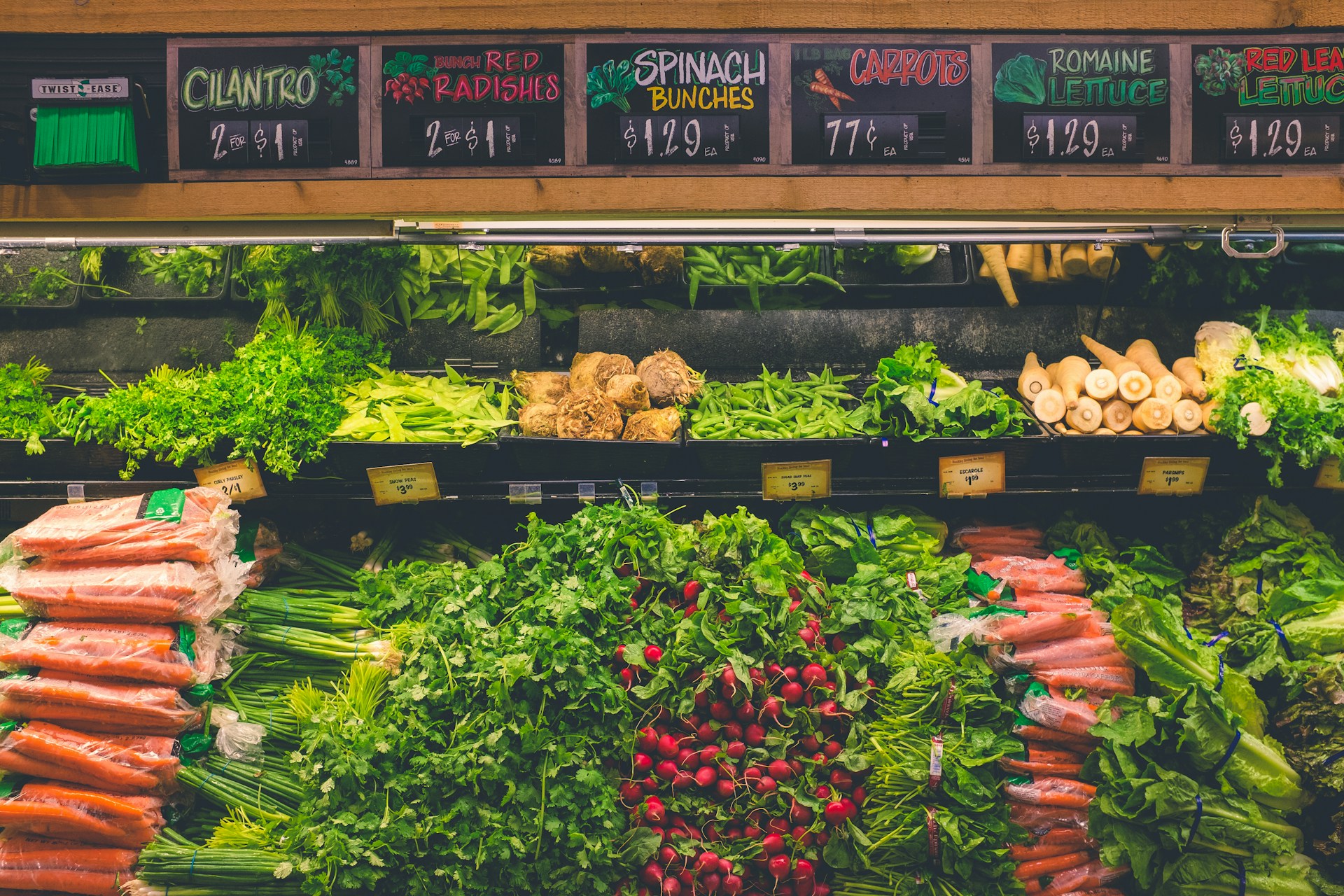The disruptive impact of temperature deviations on the quality of fresh produce cannot be overstated.
Maintaining a robust cold chain is thus instrumental in preventing deterioration and ensuring product safety.
Brilliant strategies need to be put in place to mitigate any possible breaks in the chain.
This process, undoubtedly challenging, requires extensive planning, sound coordination, and technological advancements.
Prudent procedures can play a key role in extending shelf life and reducing food wastage.
In this blog, we will delve into effective strategies that can help optimize cold chain integrity for fresh produce distribution.
Cold Chain Integrity Strategies For Produce Distribution
1. Maintain consistent refrigerated transport and storage
The integrity of the cold chain in produce distribution is heavily reliant on the ability to maintain consistent refrigerated transport and storage.
An efficient strategy focuses on the entire supply chain, keeping the temperature consistently low during all stages to preserve the quality of the produce.
Evaluating the performance of existing refrigerated transport and storage facilities is of paramount importance.
Only by understanding the current state and identifying potential weaknesses can necessary improvements be made.
Consistently maintaining refrigerated transport and storage within the required temperature limits prevents early spoilage, extending shelf life and ultimately reducing food waste and losses.
Furthermore, this strengthens consumer trust in the quality and safety of the food products they purchase.
The role of technology is never to be underestimated, especially when it comes to modern refrigeration systems.
These systems are designed to maintain a uniform temperature, eliminating the dangers of ‘hot spots’ where produce may become overheated.
It’s not just about the transport vehicles – the cold chain includes every point of storage, from warehouses to retail refrigeration.
Every link in the chain needs to maintain the right temperatures, creating a seamless cold environment from the moment the produce is harvested until it reaches the consumer.
It is crucial to remember that even brief periods of temperature fluctuations can have a detrimental impact on product quality and safety.
That’s why it is necessary to invest in high-quality equipment capable of maintaining the same temperature settings throughout the transportation and storage process.
The quality of maintenance is another fundamental aspect of ensuring consistency in refrigerated transport and storage.
Regular servicing and prompt repairs help to keep the equipment running at \optimal performance.
Record keeping and strict adherence to set procedures are key to maintaining a consistent cold chain.
Doing so allows for improved tracking, swift troubleshooting, and increases the reliability of the entire supply chain.
2. Implement Regular Temperature Monitoring Systems
The integrity of the cold chain in produce distribution is directly dependent on the regular and precise monitoring of temperatures.
These temperature monitoring systems have to be implemented at every stage of the distribution process, from harvesting to storage to transportation.
A significant component of these systems is temperature sensors, which automatically track and log temperature data, allowing for real-time monitoring and alerts for any significant changes.
This is especially crucial when considering that even a slight change in temperature can drastically reduce the freshness and shelf life of produce, leading to considerable financial losses.
There are a good number of innovative solutions available nowadays, such as wireless IoT temperature sensors, which offer real-time data tracking and instant notifications, ensuring an immediate response to any temperature changes.
Advance technologies enable the accurate monitoring of temperature and real-time reporting, significantly enhancing cold chain integrity
These systems aren’t just for active monitoring; they also store historical data that helps to shed light on trends and patterns over time.
By looking at this data, it is possible to correlate environmental conditions with product quality, allowing for more informed decision-making on transport and storage strategies.
Further, technological advances have made it possible for temperature monitoring systems to operate across wide range of temperatures, from subzero conditions for frozen goods to above-freezing temps for fresh produce.
Alongside temperature monitoring, the humidity levels in storage and transportation units are also crucial to maintain, as high levels can promote the growth of mold and bacteria.
Monitoring systems equipped with humidity sensors offers double protection to the produce, thus strengthening the cold chain integrity..
However, these temperature monitoring systems can only work efficiently if they are regularly calibrated to ensure the reliable functioning of sensors and accuracy of readings.
It is also necessary to correctly place these sensors, considering the airflow, produce density, and cooling capacity of the storage or transport unit.
The process of implementing temperature monitoring systems must be documented and integrated with Quality Assurance processes to ensure that cold chain practices remain updated and consistent with current technological developments and requirements.
In essence, the incorporation of regular temperature monitoring systems forms a critical checkpoint in maintaining cold chain integrity in produce distribution.
3. Schedule timely maintenance for cooling equipment
For every successful produce distribution business, scheduling timely maintenance for cooling equipment is an integral part of the cold chain integrity strategy.
This proactive approach can help anticipate any issues with the equipment and avoid major breakdowns that could jeopardize the entire cold chain.
It is crucial to have a regularly updated maintenance schedule in place to ensure all equipment is operating at peak efficiency.
Businesses should undergo routine checks for performance, identifying any signs of wear and tear, to maintain optimal functionality of the cooling equipment.
The maintenance schedule should be comprehensive, including regular cleaning, lubricating, and inspecting all essential components of the cooling system.
Ignorance towards timely maintenance could lead to product spoilage and significant financial losses.
Thus, scheduling regular maintenance serves as an effective preventive measure to ensure cold chain continuity and improve cold chain integrity.
Businesses should seek professional support in assessing the performance of the cooling equipment and identifying areas for improvement.
Appropriate refurbishments or replacements should be carried out based on the assessment results to achieve better energy efficiency and higher cooling performance.
Training employees about the significance of timely maintenance also plays a big role in maintaining cold chain integrity.
They should be trained on basic maintenance practices, such as cleaning and lubricating, and how to identify early signs of potential cooling system failures.
Having dedicated technicians as part of the team can prove beneficial for quick diagnosis and prompt actions during unexpected breakdowns.
They can also share their technical knowledge with the rest of the staff and help them understand the importance of cooling equipment’s proper maintenance.
Outsourcing maintenance operations to reputable service providers is another option for businesses without in-house technical expertise.
Service contracts can be tailored to specific needs, ensuring all major components of the cooling system are covered in preventive maintenance.
By scheduling timely maintenance, businesses can ensure their cooling equipment runs at optimal performance, maintains stable temperatures, and reduces the risk of product spoilage, thus, enhancing their distribution integrity.
4. Train Staff in Cold-Chain Best Practices
Implementing strategies for maintaining the integrity of the cold chain is highly dependent on the knowledge and awareness of the staff.
Indeed, training the staff in cold-chain best practices is an integral part of ensuring that produce is kept at the optimum temperature throughout transport and storage.
Staff members at all levels must understand the importance of cold chain management, and the part that they play in maintaining that integrity.
When staff members understand the cold chain process, from loading to delivery, they can play a significant role in reducing the risk of produce spoilage.
In order to achieve this, they should be provided with ongoing training on relevant aspects of cold chain management such as temperature monitoring, handling of produce, and working with refrigerated transport and storage equipment.
Staff should also be trained on how to respond effectively and efficiently to any disruptions in the cold chain, as delays or breakdowns can have significant economic and safety impacts.
Importantly, staff should always have ready access to clear, written procedures and protocols relating to cold-chain processes.
This not only ensures that they have a thorough understanding of their responsibilities, but also allows them to quickly and effectively respond to any potential issues that may arise.
Practical training is also important, as it allows staff members to apply what they have learned about cold-chain management in a real-world setting.
Role-playing exercises, onsite observation, and hands-on training with trucks and storage facilities are just a few ways to achieve this.
Further, staff should be encouraged to engage in ongoing learning about the status and technologies of the cold chain industry.
This can be achieved through regular staff meetings, specialised training sessions, and by ensuring that key information and updates are effectively communicated throughout the team.
Remember, well-trained and informed staff members are the best line of defense against failures in the cold chain.
By investing in high-quality, comprehensive staff training, you can ensure the best chances of maintaining cold chain integrity during produce distribution.
Ultimately, your team’s ongoing education and their commitment to apply this learning to their everyday activities are critical for the successful management of the cold chain process.
5. Establish Robust Contingency Plans for Disruptions
Undeniably, one of the most vital components of maintaining cold chain integrity in produce distribution is the need to establish robust contingency plans for any potential disruptions.
Produce distribution is an inherently risky business with numerous potential pitfalls, from mechanical breakdowns in refrigeration units to power outages and natural disasters.
The adverse impact of such disruptions can be immense and possibly devastating for your business.
Therefore, it is imperative to devise and implement comprehensive contingency plans that anticipate various kinds of disruptions and respond quickly and effectively when they occur.
Having these contingency plans in place is more than just a good business practice – it is a necessity to ensure the continued integrity of your cold chain and the safety of your products.
These contingency plans should be all-encompassing, reflecting on scenarios of varying degrees of severity and their respective solutions.
For example, simple equipment malfunctions could be addressed using a dedicated maintenance crew, while a complete power loss might require the use of backup generators.
Hence, the nature of your contingency plan will largely depend on your unique business needs, your risk appetite, and your budgetary considerations.
Regardless, every robust contingency plan shares some common characteristics.
They are detailed, based on realistic assumptions, and are designed for efficient execution at the moment notice.
Moreover, they are reviewed regularly to incorporate changes in business operations, technology, and risk landscapes.
To guarantee effectiveness, these contingency plans must be communicated clearly to all relevant teams and staff, ensuring everyone knows their role in case of an emergency.
They should also be trained on these plans, perhaps even through mock drills to ensure that they are ready to put the plan into action at a moment’s notice.
Another key element of contingency planning is to establish, in the plan itself, the benchmarks or thresholds that will trigger the execution of the plan.
This clarity will avoid confusion during the crunch time, thus enabling a faster and more effective response to the disruption.
A robust, well-thought-out contingency plan could mean the difference between a minor setback and a major business crisis when a disruption occurs.
By considering all possibilities and planning accordingly, you will be better prepared to maintain the integrity of your cold-chain despite any disruptions that could arise.
The Bottom Line
Homeogenous refrigerated transport and storage, unwavering temperature monitoring systems, routine maintenance for cooling equipment, staff training in cold-chain best practices, and solid contingency plans for disruptions, are all of paramount importance.
Ensuring these can help to minimize waste, reduce costs, and ultimately ensure the safe delivery of temperature-sensitive items to their intended destinations.
By implementing these strategies, any business can adapt to the escalating demands of the cold chain logistics industry while maintaining superior service and operational excellence.
Thus, these practices aren’t just mere approaches—it’s a guarantee towards a more efficient and successful cold chain logistics operation.




